In 1959, the American car market was high on excess—longer, lower, and louder was the order of the day. But AMC’s Rambler Rebel didn’t bother playing along. Instead of fins and flair, it leaned into simplicity, strong engineering, and honest performance. It didn’t follow fashion, and that was exactly the point. With a respectable V8, manageable size, and clean styling, the Rebel quietly pushed back against Detroit’s design circus. To see how far off-trend it was, you just have to look at what everyone else was building at the time.
1959 Rambler Rebel: Sticking to Its Guns
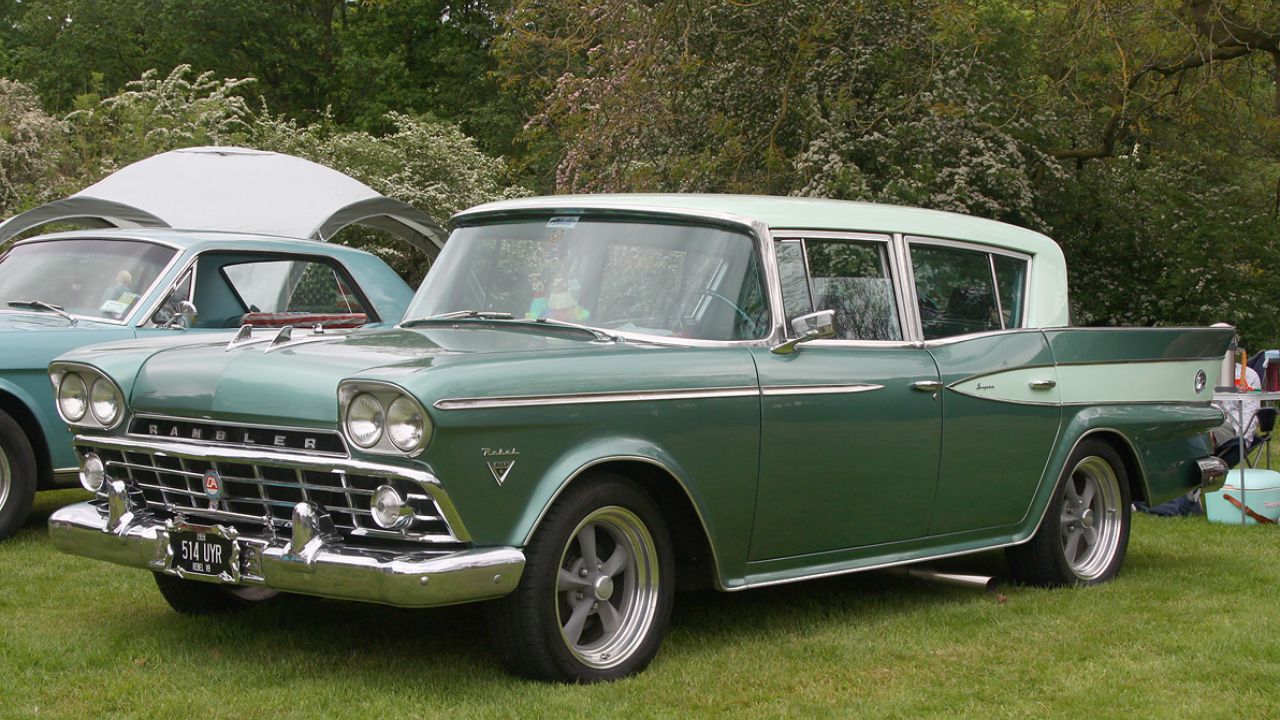
While most of Detroit was piling on fins, chrome, and size, the ’59 Rambler Rebel stuck to practicality. It came with a 250-horsepower, 327-cubic-inch V8—strong performance for a mid-size car, especially one built by a smaller company like AMC. A three-speed manual or optional Flash-O-Matic automatic sent power to the rear wheels. The car’s clean lines and modest trim stood out in a sea of visual noise. Inside, it offered bench seats, functional controls, and decent room without gimmicks. The Rebel didn’t chase fashion—it offered function, and that alone made it a quiet disruptor.
1959 Chevrolet Impala: Everything the Rebel Wasn’t
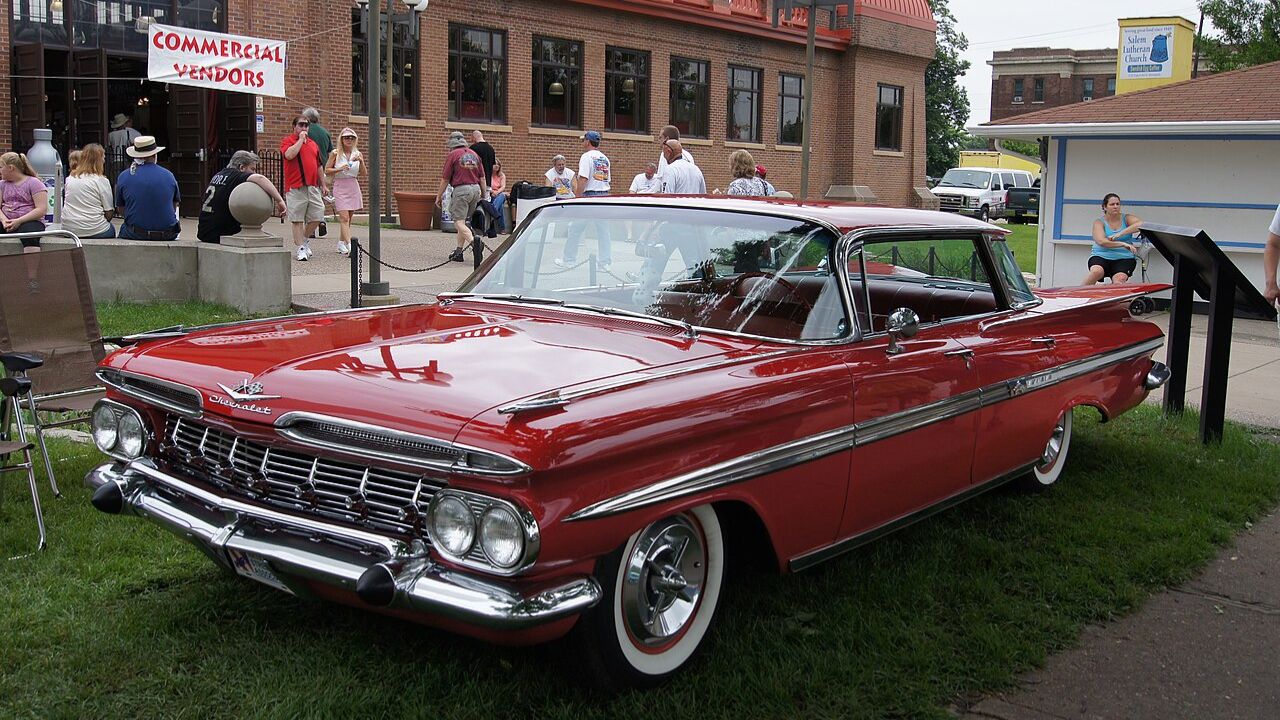
The Impala was the polar opposite of the Rebel. With its batwing tailfins, bubble top roofline, and liberal use of chrome, it embraced the era’s styling arms race. Available with a 348-cubic-inch V8, performance was decent, but weight and fluff came standard. It wasn’t built for subtlety. Inside, it leaned into flair—color-matched dashboards, patterned upholstery, and all the trim you’d expect from a top-tier Chevy. The Impala sold well because it reflected the moment. The Rebel didn’t—by design—and that’s what set it apart.
1959 Ford Fairlane 500 Galaxie: Full-Sized Flash
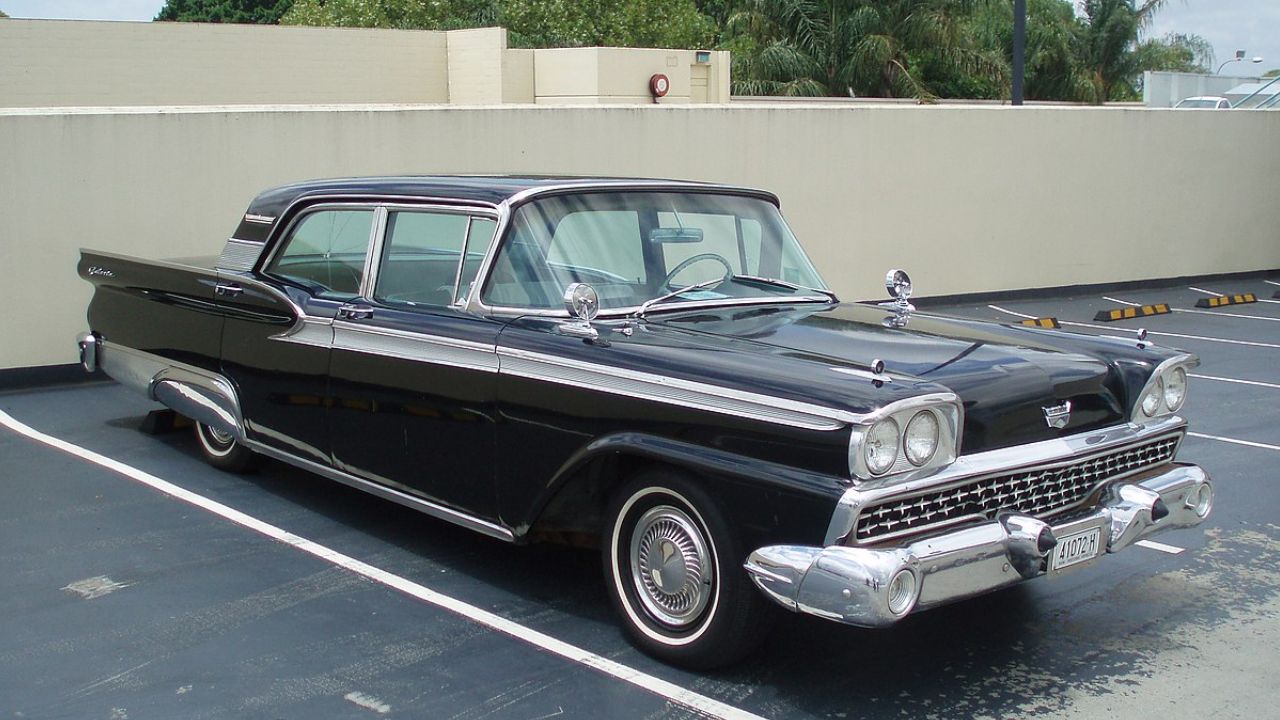
Ford’s Fairlane 500 Galaxie was another big car playing the same styling game. It came with engines ranging from a 223 inline-six to a 352 Thunderbird Special V8. The Galaxie featured plenty of chrome and pronounced tailfins, but Ford also leaned into comfort—power seats, SelectAire A/C, and a spacious ride. It was exactly what buyers were supposed to want: big, soft, and shiny. Compared to the Rebel, it felt bloated. The Rambler didn’t have the size or presence, but it also didn’t waste time trying to look like a rocket ship.
1959 Studebaker Lark: A Rare Kindred Spirit
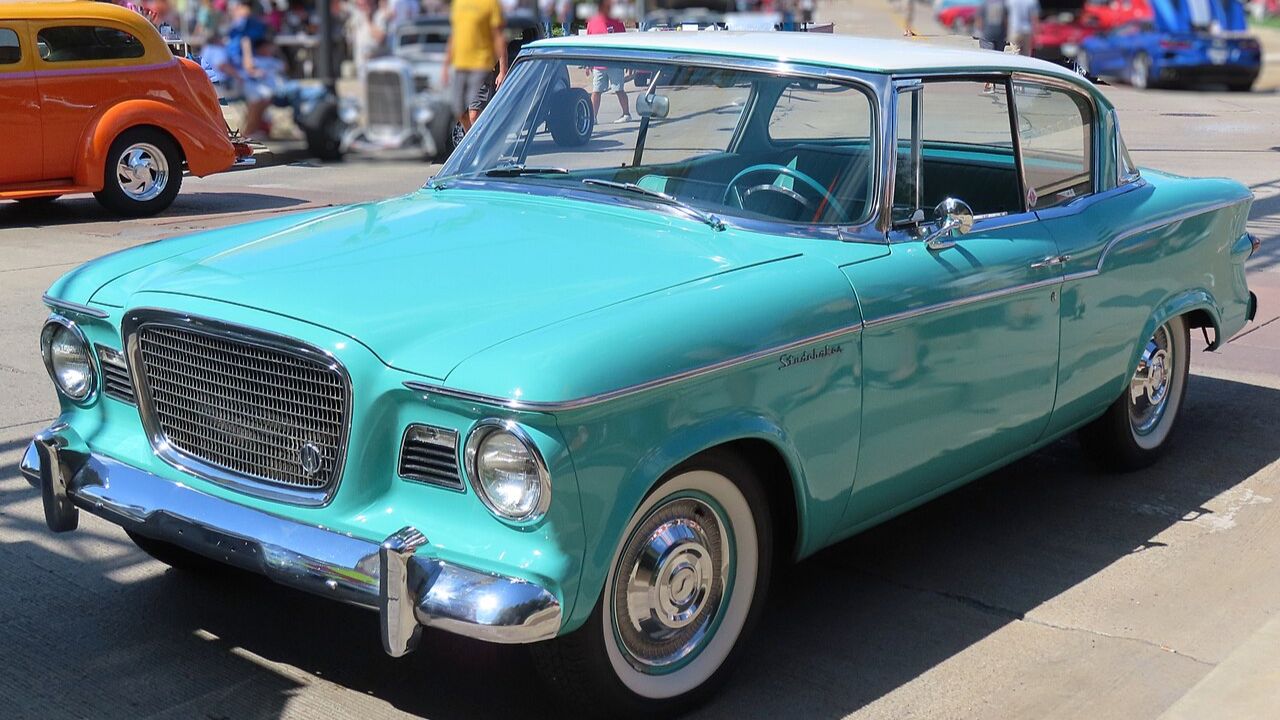
AMC wasn’t the only brand zagging in ’59. Studebaker rolled out the Lark, a compact car that offered real space in a smaller footprint. It shared the Rebel’s pragmatic philosophy—skip the trends, focus on the basics. Power came from a 170-cubic-inch six or an optional 259 V8. While slower than the Rebel, the Lark’s tidy size and no-nonsense packaging gave drivers something more manageable without sacrificing comfort. It wasn’t flashy, but it got the job done. Like the Rebel, it proved not every buyer wanted the biggest or most decorated option.
1959 Pontiac Catalina: Power in a Tuxedo
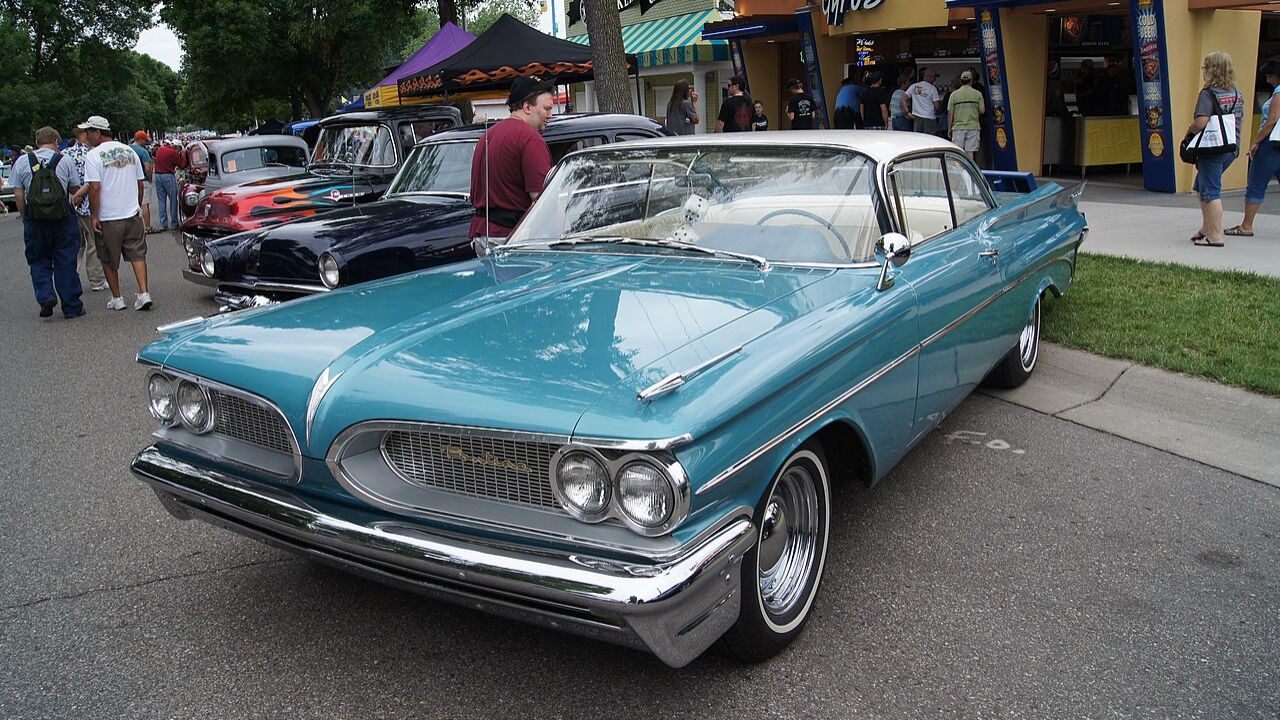
Pontiac’s 1959 Catalina was GM’s muscle-in-a-suit offering. The clean new Wide Track stance made it look more planted than its bloated peers, and the 389-cubic-inch V8 delivered respectable punch. Catalina was still a full-sizer, but it didn’t go overboard on the fins or chrome. Inside, it leaned into premium materials and a driver-focused dash layout. While not as restrained as the Rebel, it didn’t feel as excessive as others. Pontiac carved out a path that prioritized handling and proportion—something the Rebel had already figured out in a smaller form.
1959 Dodge Coronet: Showmanship First
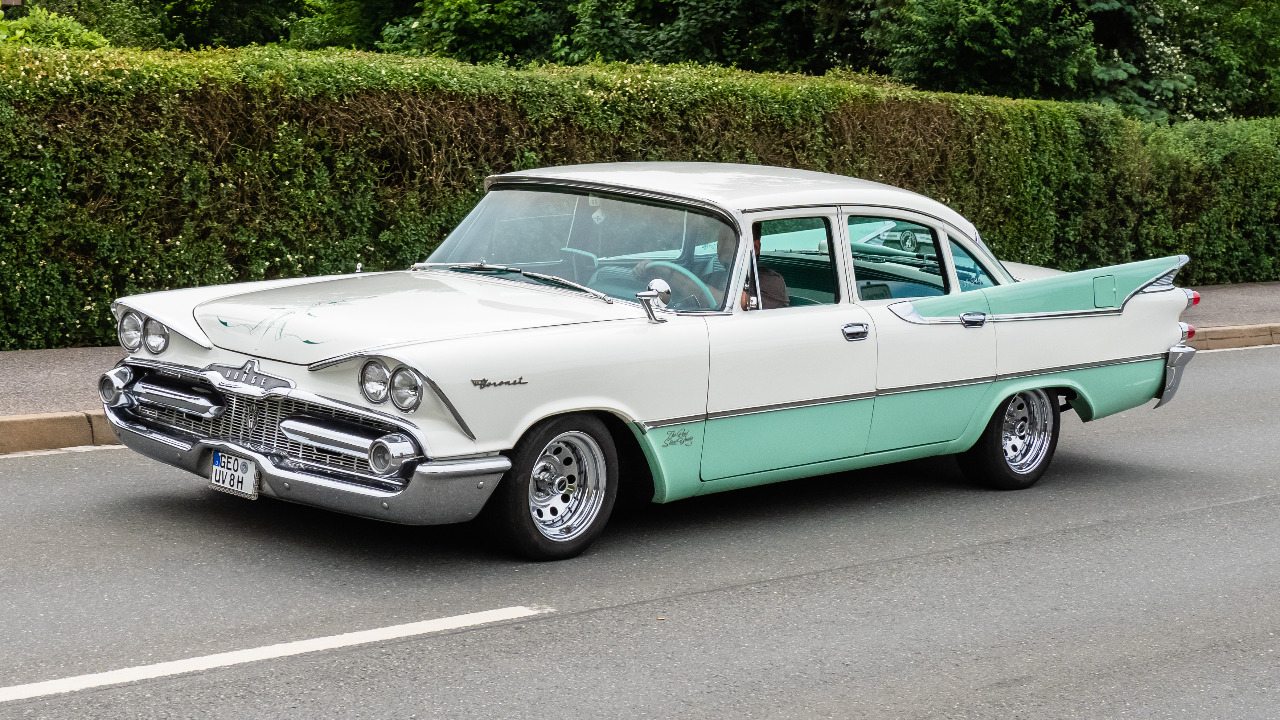
The Coronet played into Chrysler’s Exner-led design language, meaning jet-age fins, boomerang trim, and dramatic taillights. Engines ranged from a modest 230 slant-six to a 361 V8, giving buyers options but rarely restraint. Interiors were flashy—two-tone seats, chrome knobs, and lots of color. The Rebel ignored all that. AMC didn’t try to out-style Dodge or win showroom points on glitz. The Rebel kept the V8 but dropped the excess. And in doing so, it offered a counterpoint to the Coronet’s over-the-top playbook.
1959 Plymouth Fury: Style at Full Volume
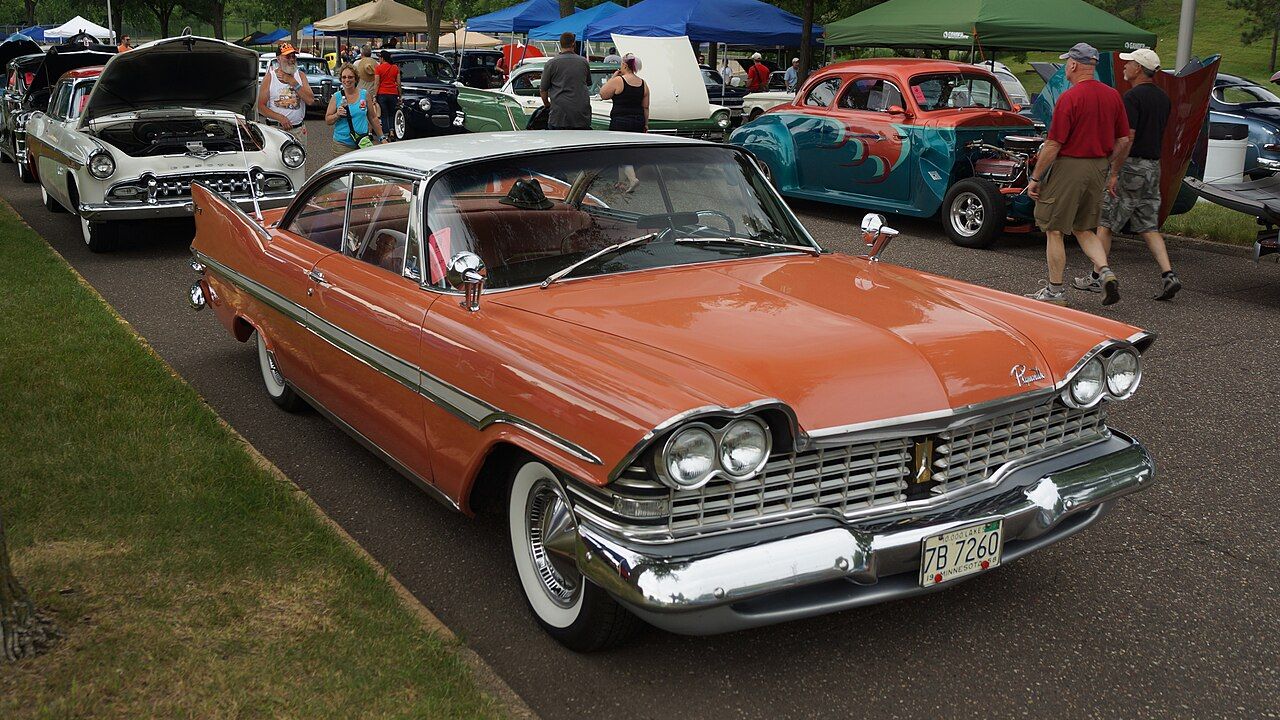
Plymouth’s Fury in ’59 looked like it was sculpted for a parade float. Sweeping tailfins, wraparound glass, and optional dual-tone paint gave it serious curb appeal. Under the hood, the 318 and 361 V8s had enough power, and the push-button TorqueFlite made driving easy. But the focus was on style over subtlety. The Fury was loud in every sense. The Rebel, meanwhile, was deliberate. It offered comparable power without turning itself into a costume. Where the Fury was chasing eyes, the Rebel chased utility—with a V8 and squared-off sheetmetal.
1959 Lincoln Continental Mark IV: Pure Theater
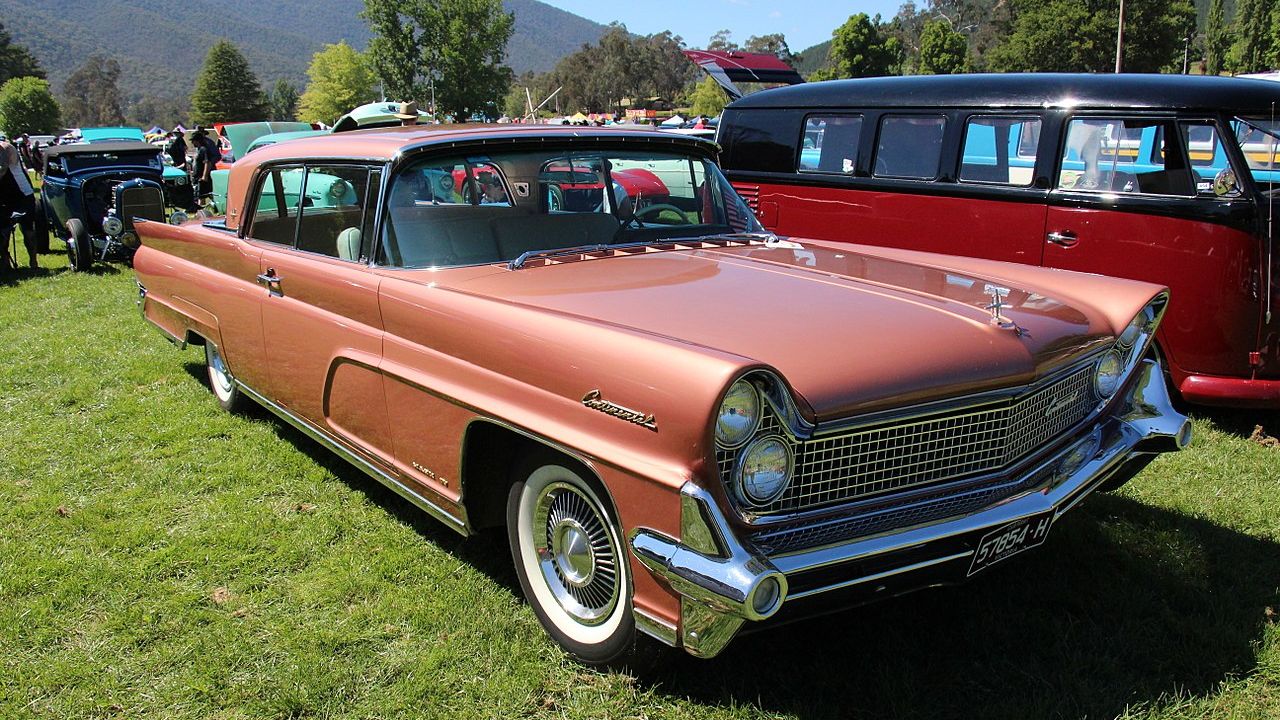
Lincoln’s Mark IV was luxury at its most theatrical—longer than most driveways and dressed like it was headed to a state dinner. It used a 430-cubic-inch MEL V8 with 350 hp and came with every creature comfort Lincoln could muster. Suicide doors, power-everything, thick carpet, and armrest ashtrays defined the experience. The Rebel wasn’t even in the same orbit, but that’s the point. Where Lincoln was a rolling lounge, the Rambler was a tool. A quick one, a light one, and a sharp rejection of what “premium” meant in ’59.
Like Fast Lane Only’s content? Be sure to follow us.
Here’s more from us:
*Created with AI assistance and editor review.

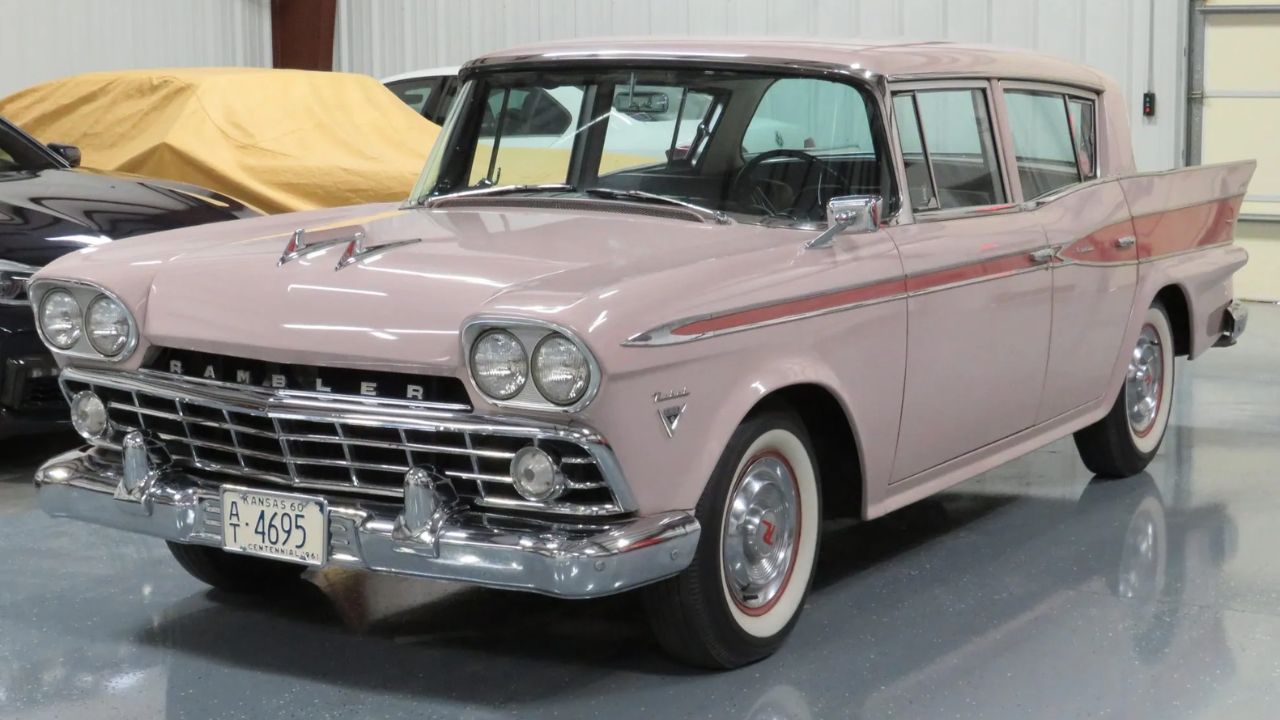
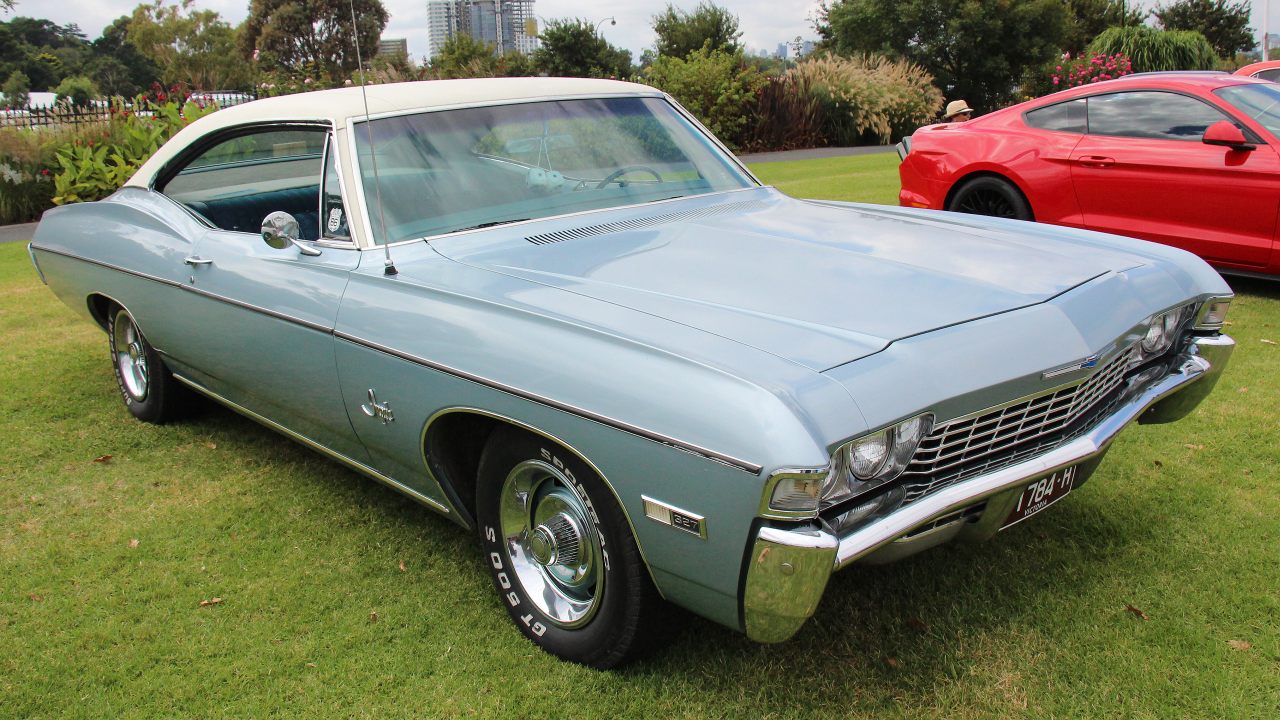
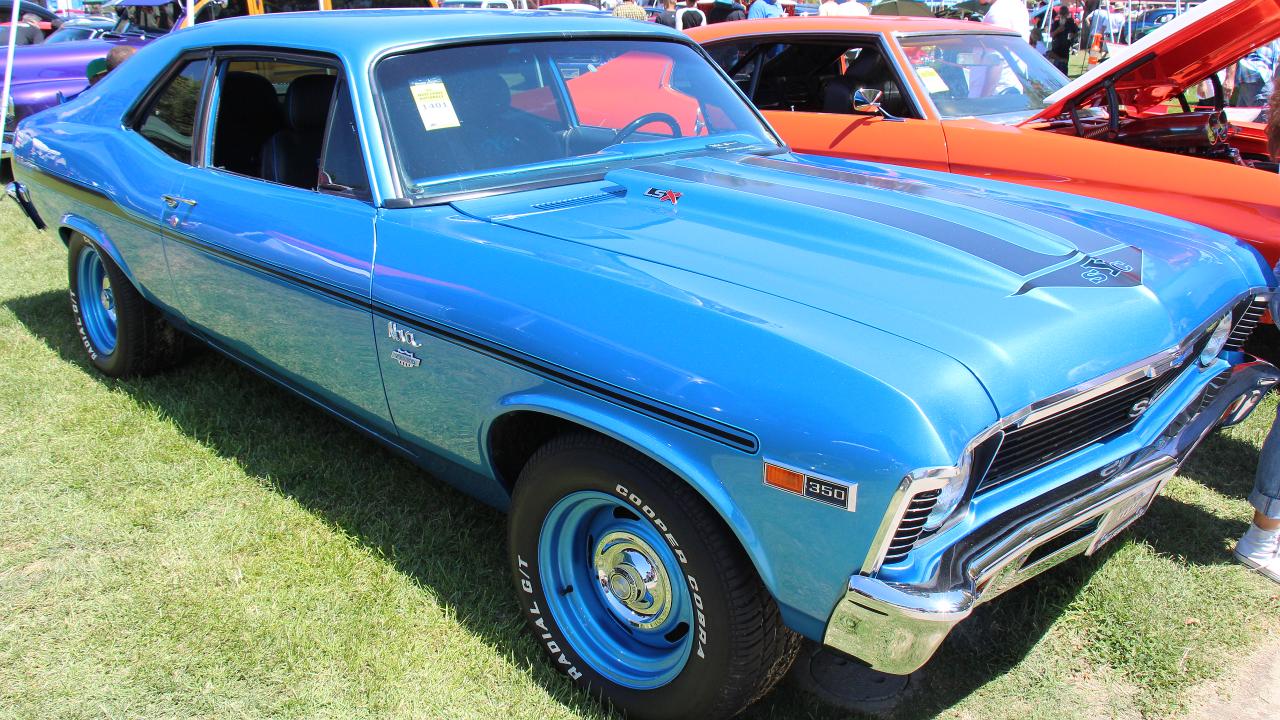
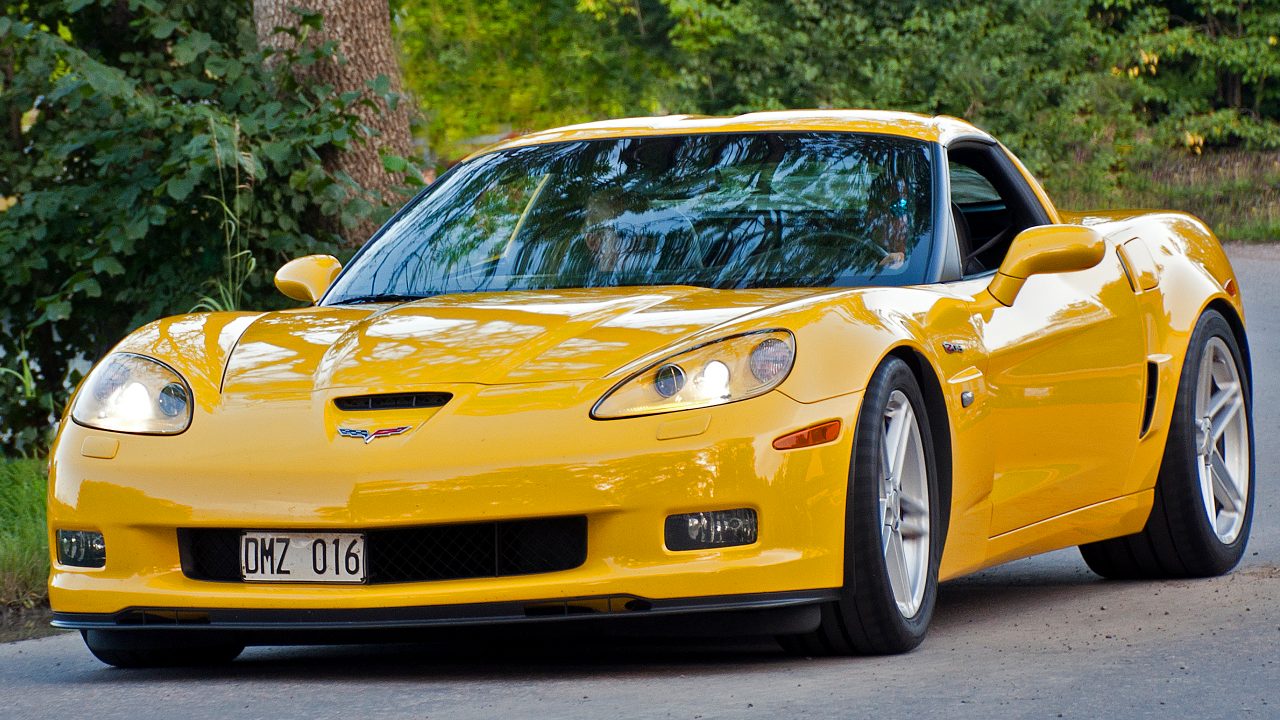
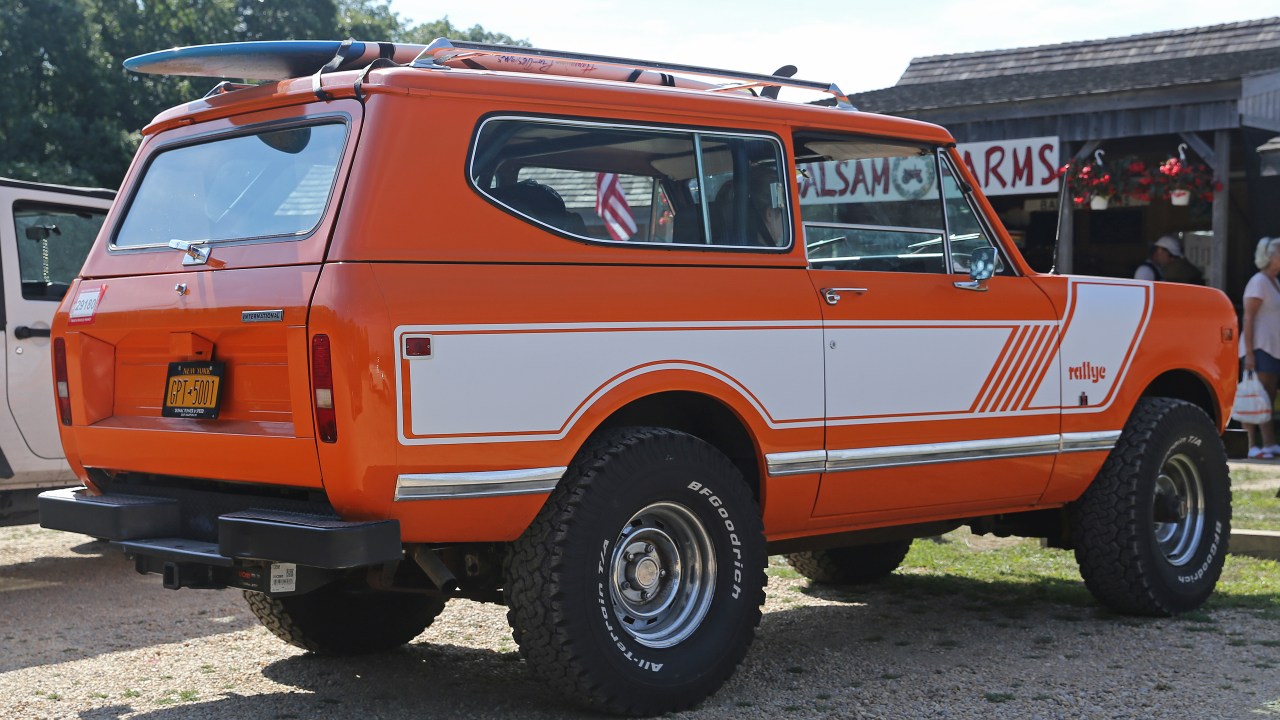
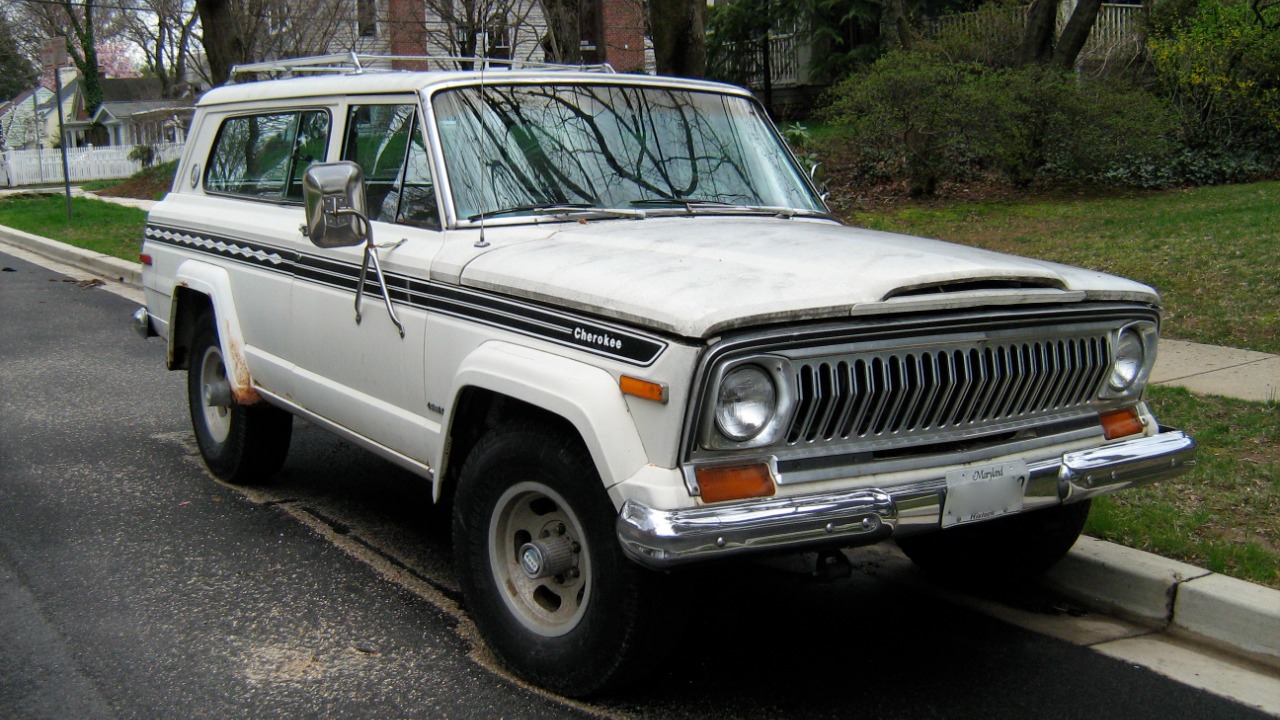
Leave a Reply